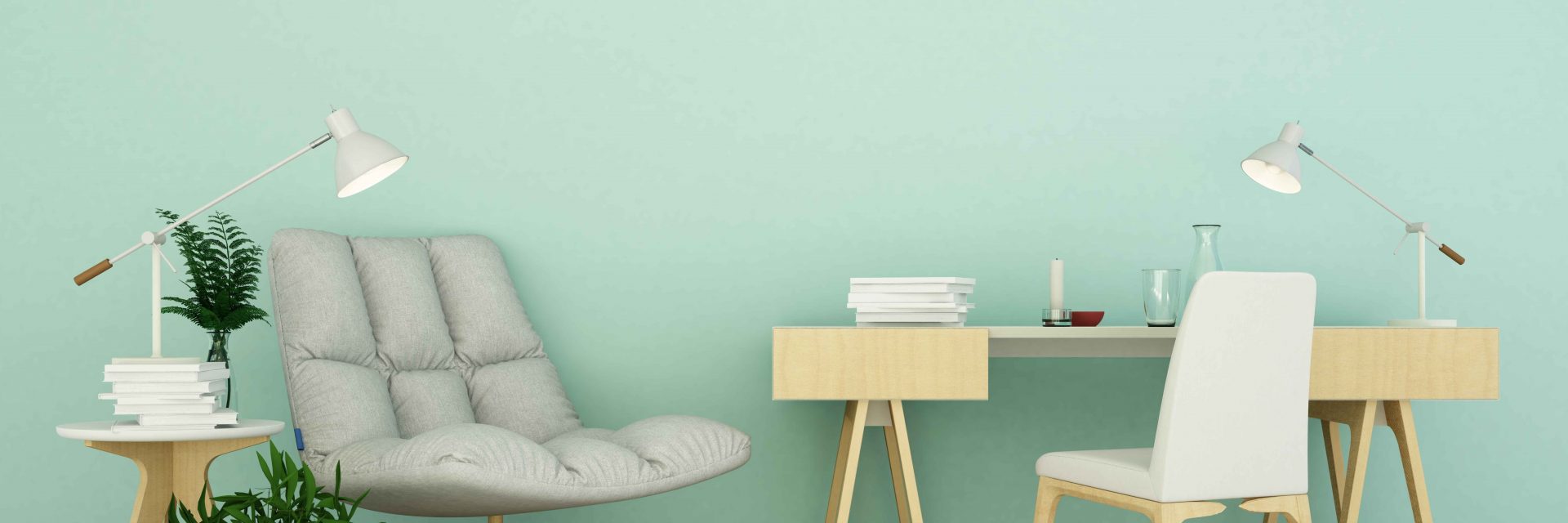Discover Just How The Transformative Nature Of Paint Can Influence Your Feelings And Mood By Evaluating The Complex Connections In Between Color Options And Your Psychological Feedbacks
Discover Just How The Transformative Nature Of Paint Can Influence Your Feelings And Mood By Evaluating The Complex Connections In Between Color Options And Your Psychological Feedbacks
Blog Article
commercial painting contracts By-Wyatt Gross
When it concerns choosing paint shades for a room, the selections made prolong beyond simple visual appeals. The psychology of color delves into exactly how different colors can affect our emotions and psychological well-being, shaping the setting of an area in extensive means. Understanding the effect of color on state of mind can result in deliberate and critical layout choices that satisfy boosting different facets of our every day lives. By discovering the detailed connection in between color and psychology, one can uncover the subtle yet effective ways in which repaint choices influence our psychological experiences within an offered environment.
The Impact of Color on Emotions
Often, the shades we border ourselves with can significantly influence our emotion and overall wellness. The impact of color on feelings is a well-researched area within psychology and interior decoration.
Warm shades like red, orange, and yellow are recognized to evoke sensations of power, warmth, and convenience. These shades can stimulate conversation and develop a relaxing ambiance in a space.
On the other hand, awesome shades such as blue, green, and purple tend to have a calming effect, promoting leisure and harmony. These colors are often chosen in rooms and offices to develop a feeling of peacefulness.
Furthermore, paint removal services and saturation of shades play a vital function in establishing their psychological influence. Brilliant, lively shades can elicit feelings of exhilaration and excitement, while low-key tones are much more calming and gentle.
It is necessary to consider the desired emotional response when selecting paint shades for various spaces in your home or workspace. By comprehending the psychology of shade, you can produce environments that sustain your psychological health and boost your general mood.
Selecting the Right Paint Colors
Recognizing the psychology of shade and its influence on feelings can guide individuals in choosing the appropriate paint shades for their home. When choosing paint colors, it's essential to consider the mood you want to create in each room.
For example, soothing shades like blue and green are optimal for bedrooms and relaxation locations, as they promote a feeling of harmony. On the other hand, vibrant tones like yellow or red can invigorate and stimulate conversation in social rooms such as living spaces or eating locations.
Along with the psychological impact, the dimension and lighting of an area should additionally influence color selections. Lighter shades can make a tiny space really feel more roomy, while darker tones can include warmth and comfort to bigger areas. All-natural light improves the way colors show up, so it's essential to test paint samples in different illumination conditions before making a final decision.
Ultimately, selecting the best paint shades involves a thoughtful factor to consider of both psychological actions and functional aspects to develop a harmonious and comfy living atmosphere.
Developing the Preferred Environment
Achieving the preferred environment in a space includes a strategic combination of color selections and lighting factors to consider. Shade plays a crucial duty in establishing the mood of a space. Warm tones like reds, oranges, and yellows can develop a comfortable and inviting atmosphere, ideal for areas where convenience is vital, such as living spaces or bedrooms.
On the other hand, great colors like blues and greens evoke a sense of calmness and leisure, making them optimal for locations where serenity is wanted, like bathrooms or reflection rooms.
Along with color, lighting is one more vital factor in shaping the setting of an area. Soft, cozy lighting can boost the heat of a space, while bright, cool illumination can stimulate and boost the mood. Dimmer buttons or adjustable illumination fixtures supply adaptability, permitting you to adapt the lighting to match different tasks or state of minds throughout the day.
Final thought
To conclude, the psychology of color demonstrates the substantial effect paint options can have on our mood and feelings within an area.
By recognizing how various colors stimulate particular feelings and selecting paint shades appropriately, we can produce settings that advertise energy, comfort, leisure, or enjoyment.
Thoroughly choosing the ideal shades can aid us to influence our emotion and total well-being in an offered space.
